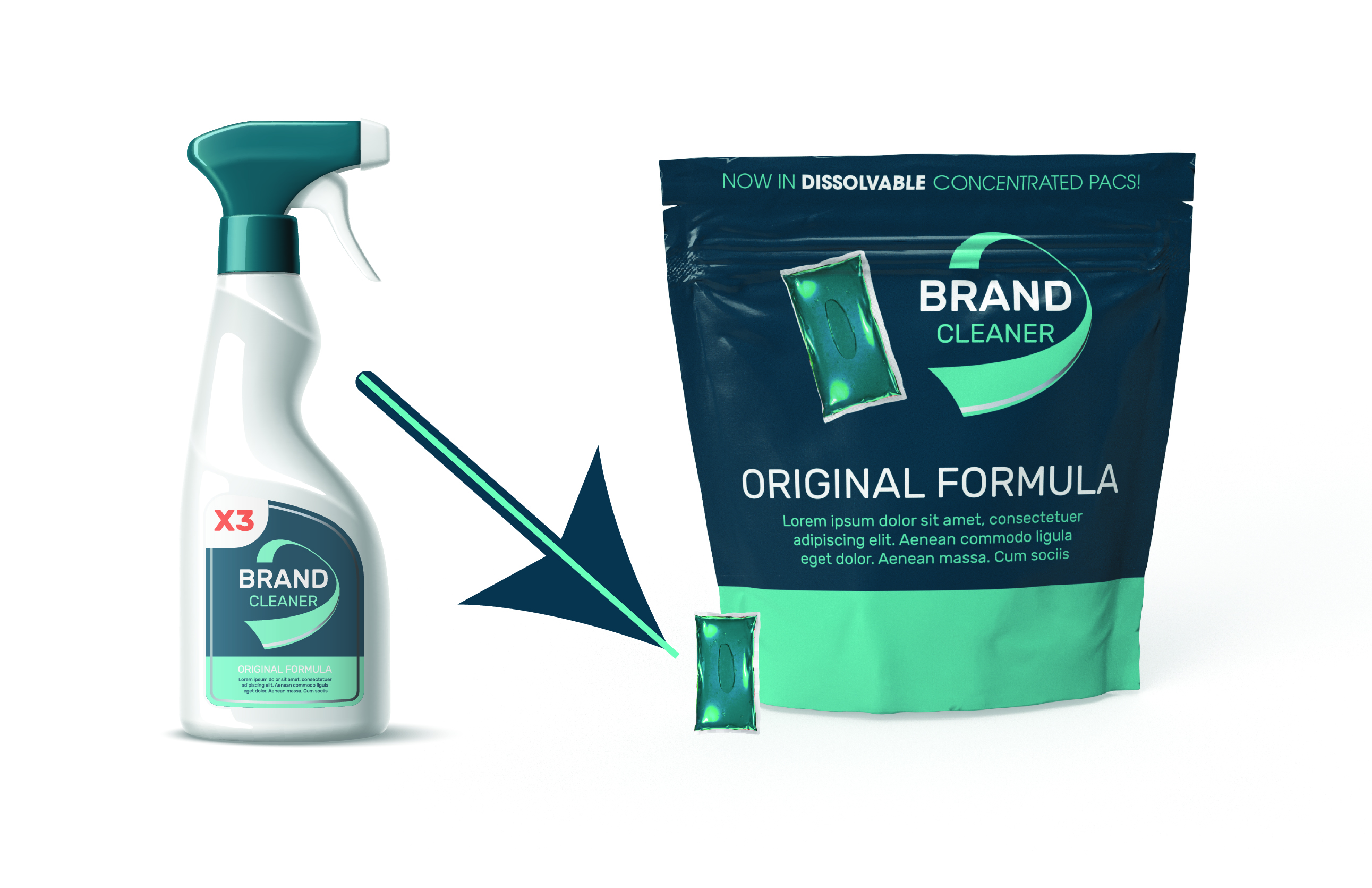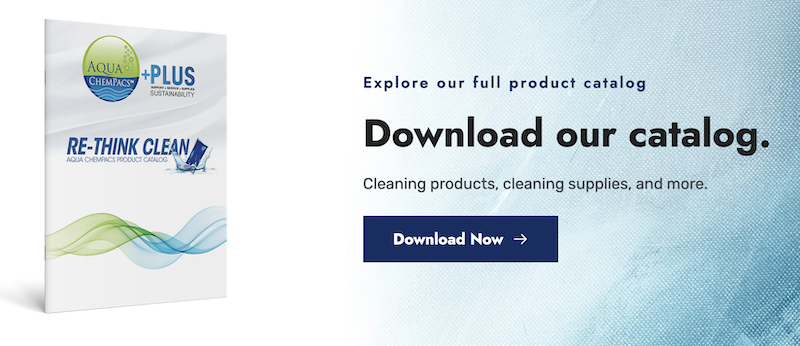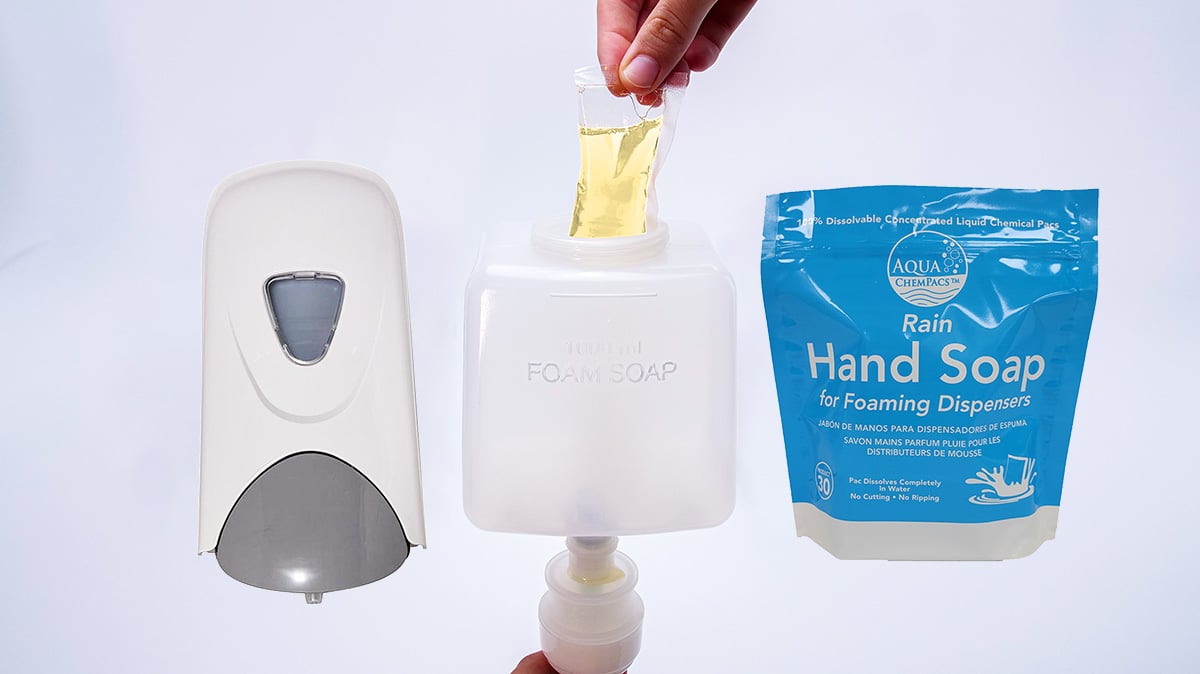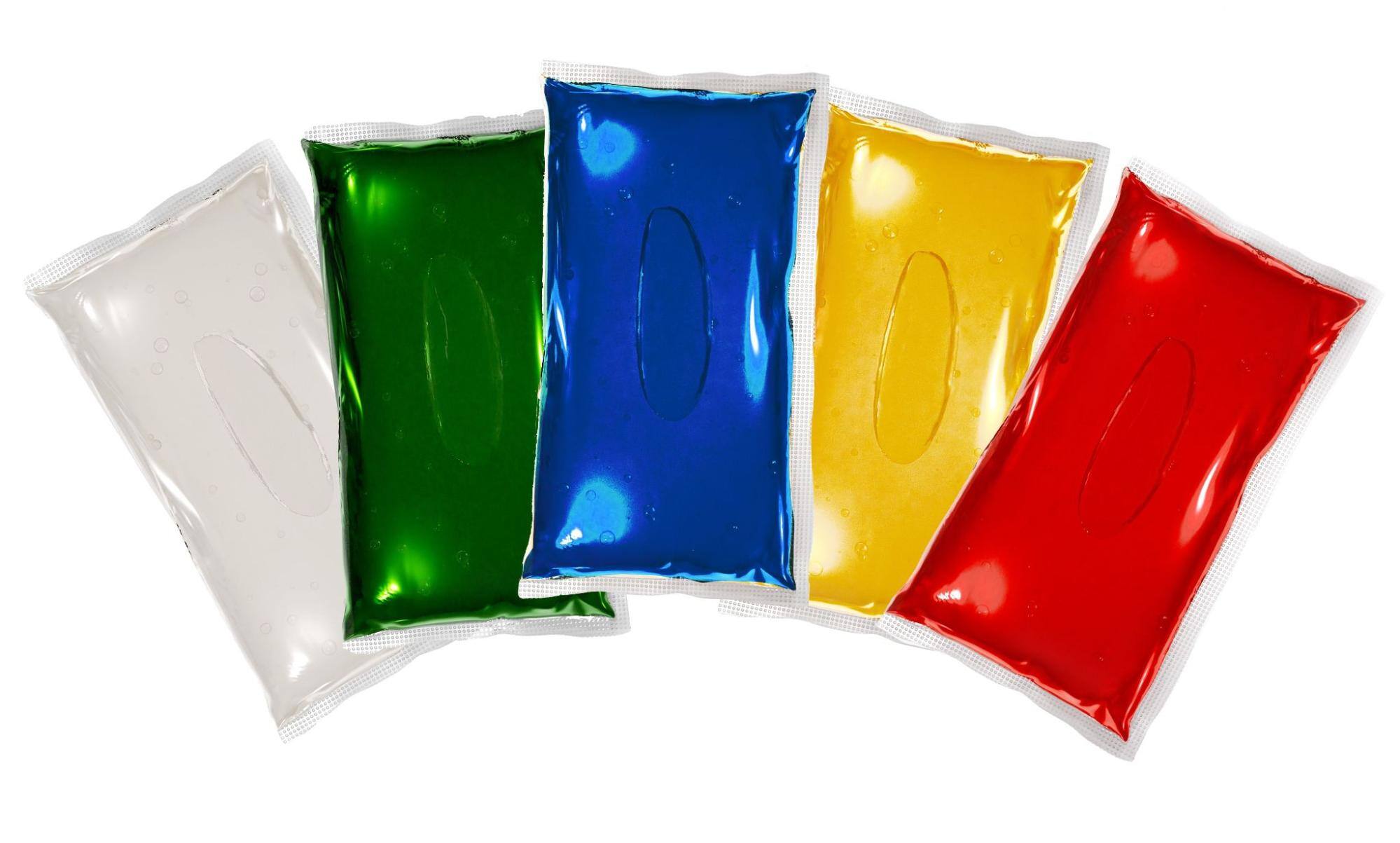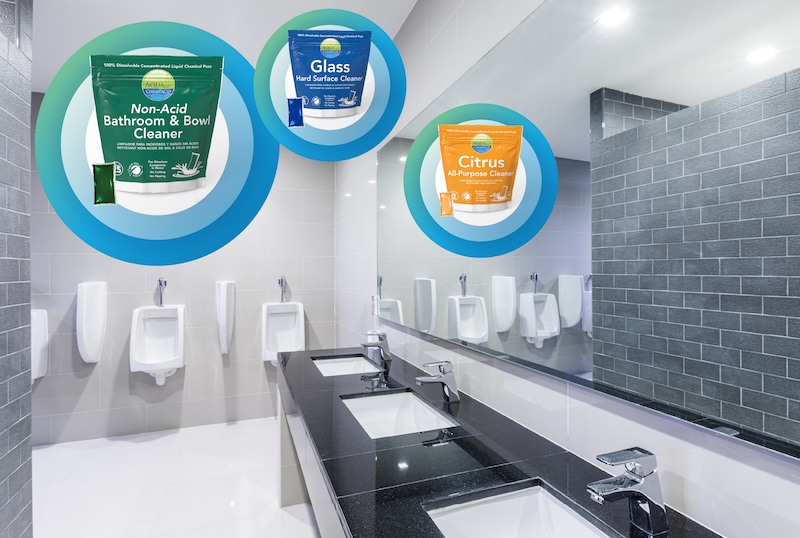In today's marketplace, the call for environmental consciousness rings louder than ever, especially within the cleaning industry. As sustainability becomes not just a preference but a mandate among consumers, private label brands are uniquely positioned to lead the charge in eco-friendly innovations. This post delves into the essential topic of sustainable packaging, guiding you through the whys and hows of embracing this crucial shift for your cleaning products.
Why Sustainable Packaging?
The reality of our planet’s dwindling resources and escalating waste issues can no longer be ignored. Traditional packaging solutions, often reliant on single-use plastics, contribute significantly to environmental degradation. However, switching to sustainable packaging isn't just an ethical decision—it's a smart business strategy. Studies consistently show that modern consumers favor brands with a strong commitment to environmental responsibility. By opting for eco-friendly packaging, your brand can enhance customer loyalty, tap into new market segments, and stand out in a crowded marketplace.
Understanding Different Types of Sustainable Packaging
Biodegradable Materials
Breaks down naturally, leaving no toxins behind.
Compostable Options
Turns into nutrient-rich soil when composted, offering a complete lifecycle for packaging. However, this solution requires industrial composting facilities, which may not be readily accessible.
Recycled Content
Reduces landfill waste and the demand for virgin materials. Quality and availability can vary though, thus requiring stringent sourcing practices.
Selecting the right type of packaging involves balancing these factors with your product's specific needs, such as formula compatibility and moisture resistance.
Innovations in Sustainable Packaging
The frontier of packaging technology is rich with innovations designed to reduce environmental impact. Refillable systems and concentrated product formulas stand out, minimizing waste and maximizing efficiency. These approaches not only cater to sustainability but also promise convenience, offering a powerful selling point to your consumers.

Regulatory and Certification Considerations
 Navigating the landscape of sustainability certifications can be daunting, yet these credentials are invaluable in establishing credibility. Certifications like the Green Seal™ assure consumers of your commitment to sustainability and compliance with industry standards.
Navigating the landscape of sustainability certifications can be daunting, yet these credentials are invaluable in establishing credibility. Certifications like the Green Seal™ assure consumers of your commitment to sustainability and compliance with industry standards.

Practical Steps to Transition to Sustainable Packaging
Transitioning to sustainable packaging requires a methodical approach:
- Assess Your Current Packaging: Identify materials and processes that are most harmful to the environment.
- Research Sustainable Alternatives: Explore options that align with your brand values and product needs.
- Engage Stakeholders: Work closely with suppliers, designers, and sustainability experts to ensure a smooth transition.
- Pilot and Iterate: Test new packaging options in small batches to refine designs based on customer feedback and performance.
Adopting sustainable packaging is not merely a trend but a transformation that can significantly impact your brand's environmental footprint and market position. As you embark on this journey, remember that each small step contributes to a larger global impact, paving the way toward a more sustainable future.
Evaluate your current packaging strategy and consider the long-term benefits of switching to more sustainable options. For more insights and assistance, contact our team for a personalized consultation. Together, let's innovate toward sustainability and redefine what it means to be a leader in the cleaning industry.

Key Points
- Environmental and Business Benefits: Sustainable packaging not only addresses environmental concerns but also enhances brand loyalty and market appeal.
- Types of Sustainable Packaging: Understanding the pros and cons of biodegradable, compostable, and recycled materials helps in making informed decisions that align with your product and brand values.
- Innovation in the Field: Advancements such as refillable systems and concentrated formulas are not just eco-friendly, but also offer consumer convenience, driving further brand differentiation.
- Importance of Certifications: Certifications like Green Seal™ play a crucial role in validating your sustainability claims and can significantly boost consumer trust.
- Practical Implementation Steps: Transitioning to sustainable packaging involves assessing current materials, researching alternatives, engaging with stakeholders, and iterating based on feedback.
Frequently Asked Questions (FAQs)
Why is sustainable packaging important for cleaning products specifically?
Cleaning products often involve chemicals and frequent use, which can lead to significant environmental impact through packaging waste. Sustainable packaging for these products reduces the ecological footprint and meets the growing consumer demand for eco-friendly options.
What is the difference between biodegradable and compostable packaging?
Biodegradable packaging breaks down naturally with time, potentially leaving no trace, depending on environmental conditions. Compostable materials go a step further by breaking down into non-toxic, nutrient-rich compost under the right industrial composting conditions.
How do I know which type of sustainable packaging is right for my product?
Choosing the right type of packaging depends on several factors including the physical and chemical properties of your product, the typical lifecycle of the packaging, and consumer disposal practices. It often helps to consult with a packaging engineer or a sustainability expert.
Are there any financial incentives for switching to sustainable packaging?
Yes, some regions offer tax incentives, subsidies, or lower tax rates for businesses implementing environmentally friendly practices, including sustainable packaging. Additionally, many consumers are willing to pay a premium for eco-friendly products, potentially offsetting the initial higher costs.
How can I communicate my sustainable packaging efforts to my customers?
Transparency is key. Use your product labels, website, and social media to share information about your sustainable packaging materials, the benefits they offer, and how consumers can properly dispose of them. Highlighting certifications and the environmental impact of your choices can also strengthen your message.

Ready to revolutionize your cleaning line with a sustainable, cost-effective solution? Choose Aqua ChemPacs for your private label needs. Our innovative dissolving concentrated pacs not only save you money but also significantly reduce environmental impact. Say goodbye to unnecessary waste and embrace a cleaner, greener way to maintain impeccable standards. Take the first step towards a sustainable future by contacting Aqua ChemPacs today—where efficiency meets responsibility. Join us in making a profound difference!
